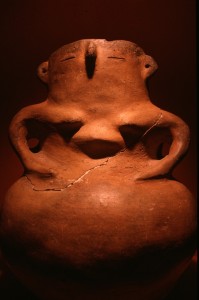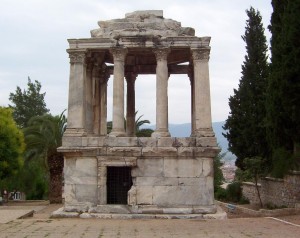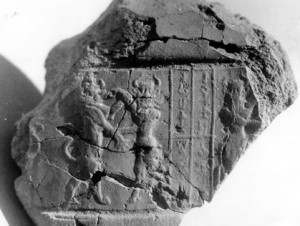 THE HURRIAN PEOPLE ( 2500 BC)
THE HURRIAN PEOPLE ( 2500 BC)
The Hurri people were ancient inhabitants of Anatolia. The Hurrians (also Khurrites; cuneiform Ḫu-ur-ri ) were a people of the Ancient Near East who lived in Northern Mesopotamia and areas to the immediate east and west, beginning approximately 2500 BC. They probably originated in the Caucasus and entered Mesopotamia from the north, but this is not certain.
Like most aspects of Hurrian society, their origins are still a mystery. Knowledge of Hurrian culture relies on archaeological excavations at sites such as Nuzi and Alalakh as well as on cuneiform tablets, primarily from Hattusas (Boghazkoy), the capital of the Hittites, whose civilization was greatly influenced by the Hurrians.
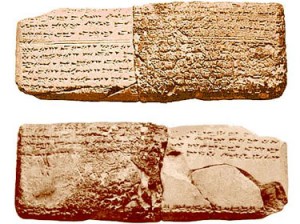 Written music
Written music
Among the Hurrian texts from Ugarit are the oldest known instances of written music, dating from c.1800 BC. (A reconstruction by Marcelle Duchesne-Guillemin of the only substantially complete hymn may be heard at the Urkesh webpage). Amongst these fragments are found the names of four Hurrian composers, Tapšiẖuni, Puẖiya(na), Urẖiya, and Ammiya.
The Hurrian culture made a great impact on the religion of the Hittites. The Hurrian religion, in different forms, influenced the entire ancient Near East, except ancient Egypt and southern Mesopotamia.
The Hurrian settlements are usually identified from the Middle Bronze Age to the end of the Late Bronze Age, with Tell Mozan (Urkesh) being the main exception. Important discoveries of Hurrian culture and history were also made at Alalakh, Amarna(Egypt), Hattusa ( Turkey) and Ugarit(Syria).
_________________________________________________
KEY SITES: Alacahoyuk-Horoztepe-Kultepe
The information about the Hatti civilization comes to us through the Accadian sources (2350-2150 BC). The Hattis are believed to be the one of the indigenous peoples in Anatolia. They lived around 2500 BC in city kingdoms and small tribes and by 2000 BC all of them were taken under the rule of the Hittites. Different from other cultures though,The Hatti art gives us the examples of a human-shaped pottery type (anthropomorphic) rather than an animal shape or a hybrid form.
The Hittites, an Indo-European tribe that came to Anatolia over the Caucasus around 2000 BC, were influenced by the Hatti culture in religion, mythology and literature. Not only did they take the names of mountains, rivers and towns from them; Hittites preserved even the original Hatti name of the country they lived in as “the land of Hatti”. It would not be an exaggeration to say that the Hittites formed one of the most interesting and authentic civilizations of the world history with the help of a rich cultural background they inherited from the Hattis over 250 years.
_________________________________________________
KEY SITES: * Alinda * Alabanda * Labranda * Euromos * Herakleia * İasos * Kaunos * Knidos * Lagina * Stratonikeia *Halicarnassus especially the Mouselleion as one the 7 wonders of the ancient world (Bodrum).
MUSEUMS: Izmir Art and History Museum- The Museum Of Underwater Archeology in Bodrum (European Museum Award 1995)
It is not clear when the Carians enter into history. Their name started to be spelled about 2000 BCE in Southwest Anatolia. The definition is dependent on corresponding Caria and the Carians to the “Karkiya” or “Karkisa” mentioned in 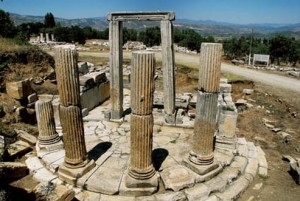 the Hittite records. There is an assumption that the Carians descended from Neolithic settlers in the west coasts of Anatolia. Though a Neolithic population may have existed in Caria, the people known as “Carians” may be of Aegean origin that settled in southwestern Anatolia during the second millennium BC.
the Hittite records. There is an assumption that the Carians descended from Neolithic settlers in the west coasts of Anatolia. Though a Neolithic population may have existed in Caria, the people known as “Carians” may be of Aegean origin that settled in southwestern Anatolia during the second millennium BC.
Hittite records seem to point at a Luwian ancestry for the Carians and as such, they would have lost their literacy through the Dark Age of Anatolia.
Homer clearly reflects the reputation of Carian wealth that may have preceded the Greek Dark Age and thus recalled in oral tradition. Herodotus recorded that Carians themselves believed to be aborigines of Caria but they were also, by general consensus of ancient sources, a maritime people before being gradually pushed inland
One of the Carian ritual centers was Mylasa. They moved to Halicarnassus (Modern Bodrum) at 4th century BC. They worshipped their supreme god, called ‘the Carian Zeus’ by Herodotus. Unlike Zeus, this was a warrior god. One of the Carian goddesses was Hecate, who was later adopted by the Greeks in the sixth century BC. She was the patron of road crossings. Herodotus calls her Athena and says that her priestess would grow a beard when disaster pended. On Mount Latmos near Miletus, the Carians worshipped Endymion, who was the lover of the Moon and fathered fifty children. Endymion slept eternally, in the sanctuary devoted to him, which lasted into Roman times. There is at least one named priestess known to us from this region, Carminia Ammia who was priestess of Thea Maeter Adrastos and of Aphrodite.
____________________________________________________
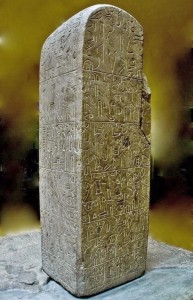 LUWIANS (Western Anatolian Kingdoms)
LUWIANS (Western Anatolian Kingdoms)
Kizzuwatna or Kizzuwadna- Arzawa( 1640- 1450 BC)
KEY SITES: Troy- Hattusha
H. Craig Melchert, the author of “The Luwians (Handbook of Oriental Studies/Handbuch Der Orientalistik) says that; The Luwians played at least as important a role as the Hittites in the history of the ancient Near East during the second and first millennia BCE. But for various reasons they have been overshadowed by and even confused with their more famous relatives and neighbors’.
Kizzuwatna (or Kizzuwadna)( 16401450 BC) is the name of an ancient Anatolian kingdom in the second millennium BC. It was situated in the highlands of southeastern Anatolia, near the Gulf of Iskenderun in modern-day Turkey. The center of the kingdom was the city of Kummanni, situated in the highlands. In a later era, the same region was known as Cilicia.
The population of Kizzuwatna was made up of both Luwian and Hurrian peoples. The Luwian language was part of the Indo-European language group, with close ties to the Hittite language.
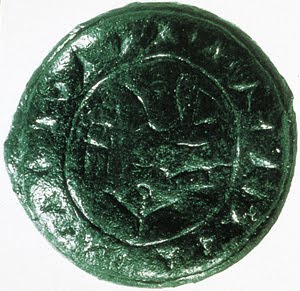 The earliest Hittite records seem to refer to Kizzuwatna and Arzawa (Western Anatolia) collectively as Luwia. Arzawa was the name of a region or kingdom in Western Anatolia, which later to be known as Lydia in the post-Hittite era. It was the western neighbour and sometimes vassal of the Hittites. Its capital was Apasa (or Abasa), according to Hittite sources, which may correspond to the later Lydian capital, Ephesus.
The earliest Hittite records seem to refer to Kizzuwatna and Arzawa (Western Anatolia) collectively as Luwia. Arzawa was the name of a region or kingdom in Western Anatolia, which later to be known as Lydia in the post-Hittite era. It was the western neighbour and sometimes vassal of the Hittites. Its capital was Apasa (or Abasa), according to Hittite sources, which may correspond to the later Lydian capital, Ephesus.
The language spoken in Arzawa during the Bronze Age and early Iron Age was Luwian, a member of the Anatolian branch of the Indo-European family. Luwian is either the direct ancestor of Lycian, or a close relative of the ancestor of Lycian. Luwian is also one of the likely candidates for the language spoken by the Trojans, alongside a possible Tyrrhenian language related to Lemnian.

